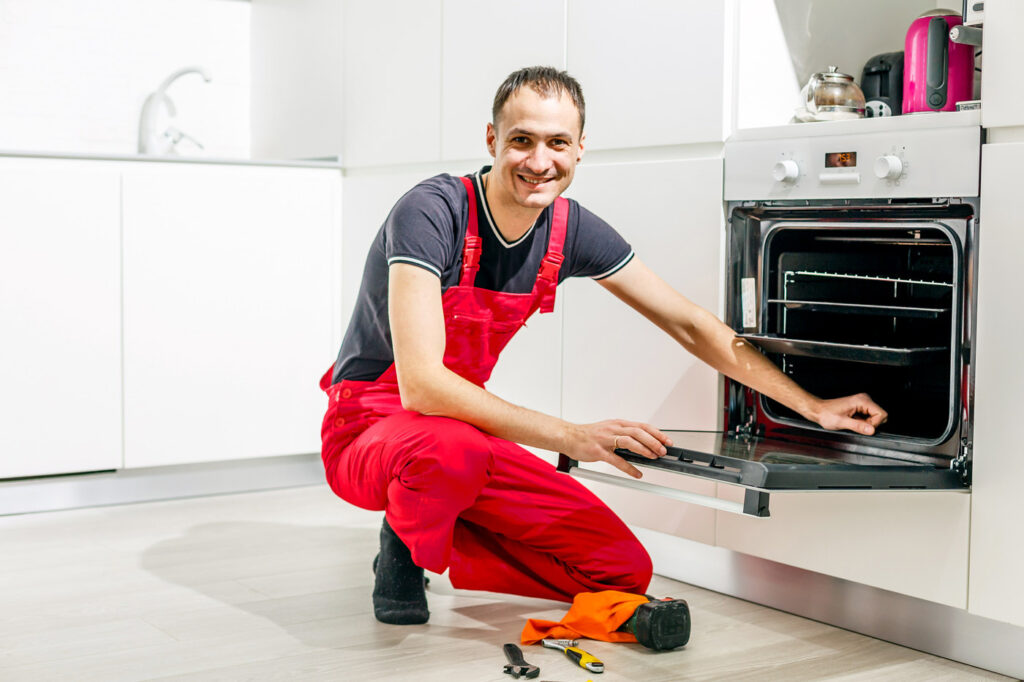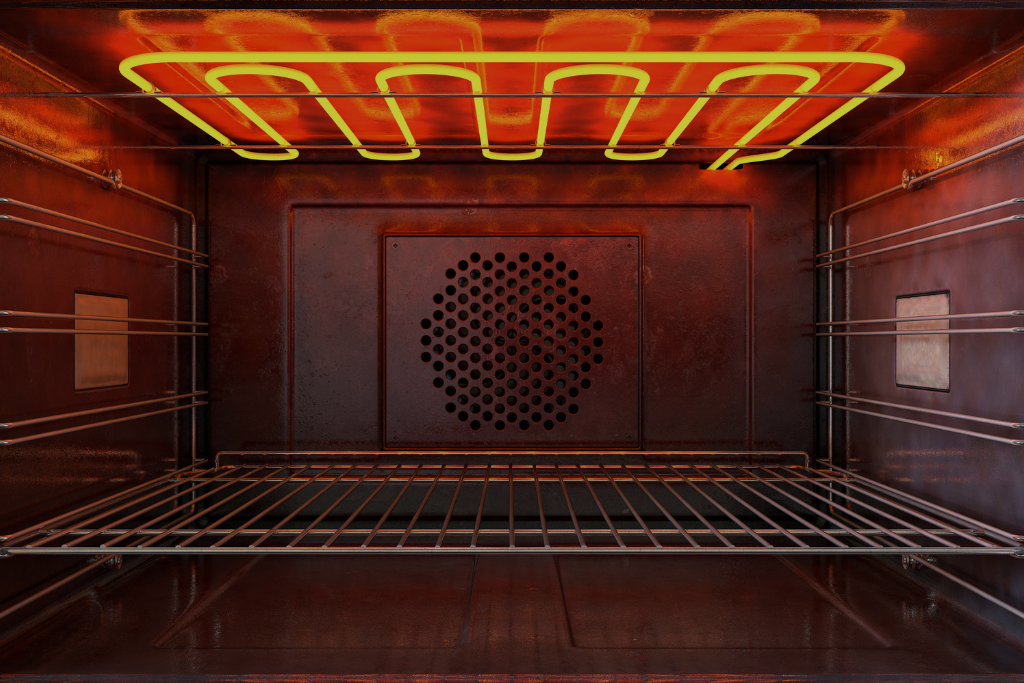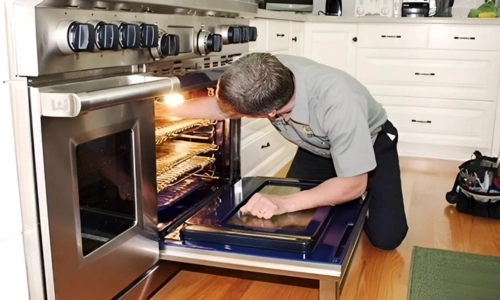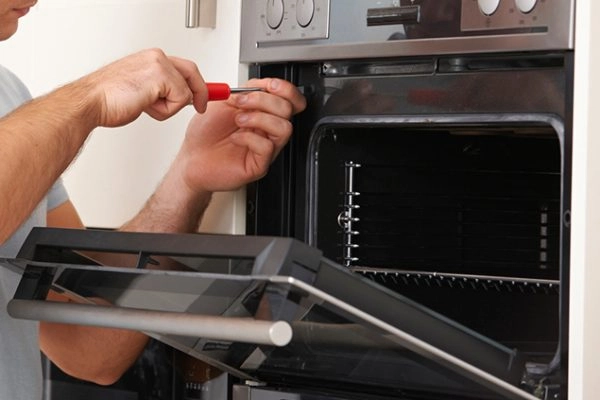Why Is My Oven Not Heating Properly?

Few kitchen mishaps are as frustrating as preparing to bake your favorite dishes only to discover your oven isn’t heating properly. This essential appliance plays an integral role in creating delicious meals for family gatherings and everyday cooking. When your oven fails to reach the correct temperature or heats unevenly, it can lead to undercooked food, wasted ingredients, and major inconvenience. Understanding the common causes behind oven heating issues can help you identify when a simple fix might work or when it’s time to call a professional appliance repair technician. Let’s explore why your oven might not be performing as expected.
Signs Your Oven Isn’t Heating Properly
Before diving into the causes, it’s important to recognize the signs that your oven isn’t heating correctly:
- Food takes much longer to cook than usual
- Dishes come out undercooked despite following recipe instructions
- Uneven cooking or baking (food browns on one side but not the other)
- The oven preheats slowly or doesn’t reach the set temperature
- Significant difference between the temperature dial setting and actual temperature (confirmed with an oven thermometer)
- Darker food edges but undercooked centers
- Temperature fluctuations during the cooking cycle
Common Causes of Improper Oven Heating
1. Faulty Heating Elements
In electric ovens, heating elements are responsible for generating heat. Most ovens have two elements—a bake element at the bottom and a broil element at the top.
Signs of a faulty heating element:
- Visible damage like blistering or breaks
- Elements that don’t glow red when the oven is on
- Uneven heating during the cooking process
To check a heating element, look for visible signs of damage. A faulty heating element often shows discoloration or breaks in the metal. If you suspect this is the issue, a licensed technician can test and replace the bake element or heating elements safely.

2. Temperature Sensor Problems
The temperature sensor works with the oven thermostat to regulate internal temperature. When it malfunctions, your oven may not heat to the temperature shown on the control panel.
Signs of a broken temperature sensor:
- Oven consistently cooks at incorrect temperatures
- Digital controls display error codes
- Inconsistent temperature readings
A faulty temperature sensor can cause significant temperature variations. You can check if the sensor is functioning by using a manual oven thermometer to compare readings with the set temperature. If there’s a substantial difference, the temperature sensor might need replacement.
3. Gas Igniter Issues (For Gas Ovens)
In gas ovens, the igniter serves two crucial functions: it opens the gas valve and ignites the gas. A weak or dirty ignitor may still glow but fail to properly open the gas valve.
Signs of igniter problems:
- Gas oven takes too long to heat up
- Igniter glows but doesn’t ignite the gas
- Oven won’t heat at all
A faulty igniter is among the most common oven issues in gas models. Food residue building up on the ignitor can prevent proper ignition. Sometimes gentle cleaning can resolve this, but often a professional replacement is needed for optimal performance.
4. Electrical Issues
Power supply problems can prevent your oven from heating correctly.
Check for these electrical issues:
- Tripped circuit breaker
- Blown fuse
- Loose wiring or electrical connections
- Power surge damage to electronic controls
Always ensure your oven is connected to a dedicated circuit with the proper power supply. If you suspect electrical issues, check your circuit breaker panel first. For deeper issues involving loose wiring, a professional technician should be consulted as this can become a hazardous issue if not addressed properly.

5. Control Board or Thermostat Problems
The control board is like the brain of modern ovens, while the thermostat regulates temperature.
Signs of control problems:
- Oven not responding to temperature adjustments
- Defective control panel buttons
- Error codes on digital ovens
- Inconsistent heating cycles
A faulty control board or broken thermostat can cause the oven to heat improperly or not at all. Diagnosing these issues typically requires professional assistance, as they involve complex electronic components.
6. Gas Supply or Connection Issues
For gas ovens, problems with the gas supply can prevent proper heating.
Check for:
- Gas lines that are kinked or blocked
- Issues with gas flow
- Improper gas connection
If you smell gas, turn off the gas supply immediately and contact a professional. Never attempt to repair gas connections yourself.
7. Other Potential Causes
Several other factors can contribute to heating problems:
- Oven Door Issues: Damaged door springs or a door that doesn’t seal properly can cause heat loss
- Dirty Oven Cavity: Food debris and residue on oven walls can affect heating efficiency
- Improper Rack Position: For certain cooking methods, rack position matters—the middle rack often provides the most even heating
- Calibration Issues: Some ovens have calibration dials that may need adjustment
- Convection Mode Problems: In ovens with convection cooking modes, a malfunctioning oven fan can cause uneven heating
- Selector Switch Issues: A faulty selector switch might not properly engage the heating cycle
When to Call a Professional
While some minor issues can be addressed by homeowners, many oven problems require a professional appliance repair technician. You should call for service when:
- You notice a gas smell (this requires immediate attention)
- There’s visible damage to electrical components
- The oven shows error codes you can’t resolve
- You’ve tried basic troubleshooting without success
- Your oven has a defective control board or electronic controls
- The appliance is still under warranty (DIY repairs might void it)
Before calling service, check your product manual for model-specific information and any troubleshooting tips. Having your oven model number ready when you call will help the technician prepare for your service call.

Why Choose Toronto Refrigeration for Your Oven Repair Needs
When facing oven issues that require professional expertise, Toronto Refrigeration stands out as the premier appliance repair service in Ontario and surrounding areas. Our licensed technicians are specifically trained to work with all types of ovens—gas ovens, electric ovens, wall ovens, and double ovens from all major appliances brands.
Toronto Refrigeration technicians arrive equipped with the knowledge to diagnose everything from simple issues like a blown fuse to complex problems with the control module. We prioritize same-day service for essential appliance repairs, understanding that a broken oven disrupts your ability to prepare meals.
Our repair professionals follow strict safety protocols, especially when dealing with gas models or electrical supply issues. We provide comprehensive service that includes not just repairs but also guidance on proper appliance care to prevent future problems and extend your oven’s lifespan.
With competitive pricing and transparent service policies, Toronto Refrigeration has built a reputation as the most trusted appliance repair company in the region. We stand behind our work with service guarantees that ensure your oven returns to optimal performance.
Conclusion
A properly functioning oven is crucial for preparing everything from everyday meals to special occasion dishes. When heating problems occur, they can range from simple issues like a dirty ignitor to more complex problems with the temperature sensor or control board. While some troubleshooting steps can be performed at home, many oven repairs require professional intervention to ensure safety and proper function. Toronto Refrigeration offers the expertise needed to diagnose and repair all types of oven heating issues, restoring this essential appliance to peak performance. By understanding common oven problems and knowing when to call for professional help, you can minimize cooking disruptions and keep your kitchen running smoothly.